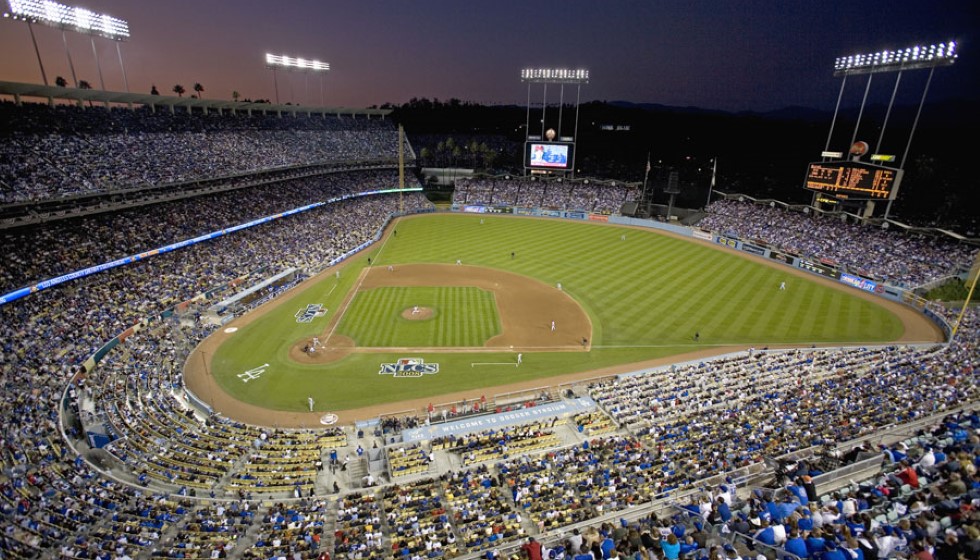
In Major League Baseball, the arbitration process is more than just a business transaction; it is a critical junction that shapes the financial trajectories of players and teams alike. This past Thursday presented a crucial deadline, marking the last opportunity for teams and players to file their salary figures for the upcoming 2025 season should they fail to reach a mutual agreement.
Understanding Arbitration Dynamics
By the time the clock struck 8 p.m. ET, any unresolved negotiations necessitated the exchange of proposed salary figures, setting the stage for arbitration hearings later this month. Only players with between three and six years of service time qualify for these hearings. However, a unique category known as "Super Twos" also allows players with between two and three years of service to enter arbitration. This year, the cutoff for "Super Twos" was established at two years and 132 days, allowing an additional group of players access to this pivotal process.
At its core, arbitration revolves around determining fair compensation through comparisons with other players who have accrued similar service time. These discussions often involve intense negotiations, as the outcomes significantly affect player earnings and team payroll dynamics.
Notable Agreements and Ongoing Negotiations
Some players managed to sidestep the arbitration path by agreeing to terms before the filing deadline. Vladimir Guerrero Jr., a powerhouse for the Toronto Blue Jays, secured a $28.5 million agreement, dispensing with the uncertainty of arbitration. With this new deal, Guerrero's cumulative earnings for his four arbitration years have soared past $70 million, a testament to his standout performance and market value.
Other teams followed suit in avoiding arbitration. The San Diego Padres successfully finalized contracts with Luis Arraez and Dylan Cease, amounting to $14 million and $13.75 million, respectively. The Boston Red Sox also ensured stability by securing a one-year deal with Garrett Crochet for $3.8 million. However, not all teams and players reached agreements by the deadline, leading some, like Brendan Donovan of the Cardinals, to face looming arbitration hearings. Both Jarren Duran and Michael King are also headed for arbitration, highlighting the diverse outcomes that emerge from this process.
Guaranteed Contracts and Financial Milestones
Securing a contract before the arbitration deadline provides a critical advantage for players in the form of fully guaranteed terms. This certainty contrasts with the arbitration process's unpredictability, which can sometimes leave players feeling disillusioned. Former Brewers pitcher Corbin Burnes once reflected on the personal toll of these proceedings, stating, "He felt 'hurt' by the entire arbitration process back in 2023."
Beyond individual stories, broader financial implications continue to unfold. In a year that saw historic arbitration settlements, one standout was achieved by a player who set a new benchmark with $79.6 million in arbitration, showcasing the evolving financial landscape within Major League Baseball.
As teams and players navigate this complex intersection of performance, service time, and financial valuation, the arbitration process remains a conduit through which significant baseball careers and team futures are influenced. Whether by agreement or through arbitration hearings, the stakes are high, and the outcomes are impactful, shaping the strategic and personal journeys that define professional sports.